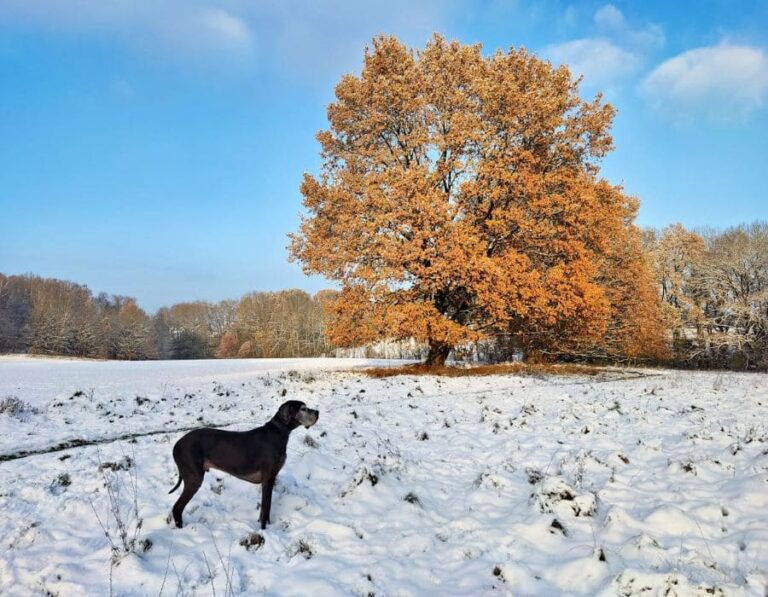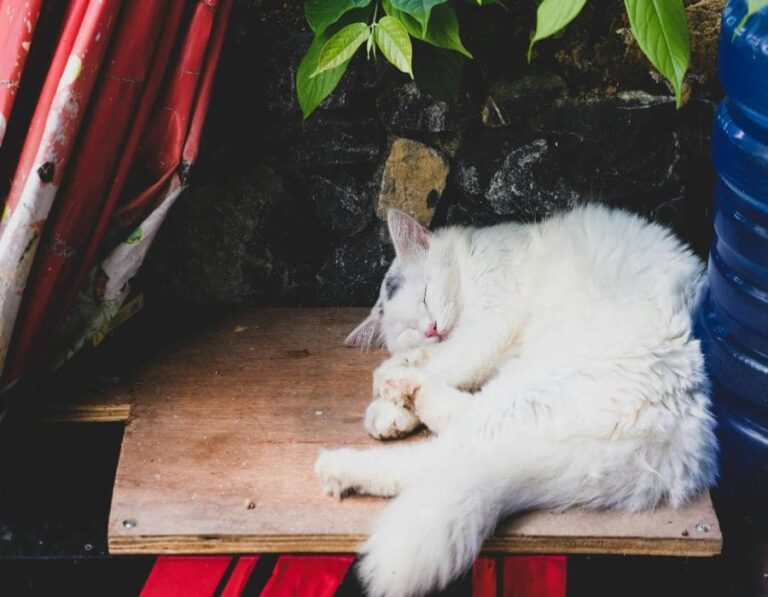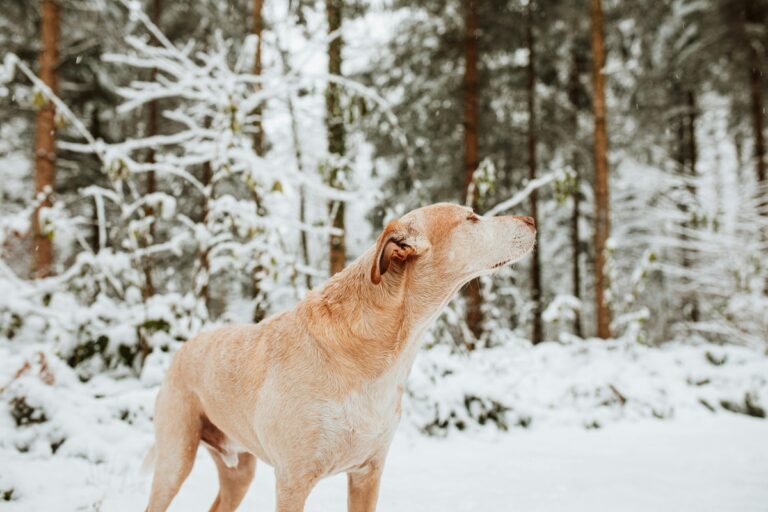13 Surprising Things You Didn’t Know About America’s Wild Bobcats
You might think bobcats are just oversized house cats with attitude—but these elusive felines are more fascinating than they let on. Native to North America and bursting with secrets, bobcats lead double lives of stealth and survival.
With their signature ear tufts and serious resting face, bobcats are built for mystery. Whether you’ve spotted one in the wild or just seen their paw prints in snow, here are some surprising facts that prove they’re way more than woodland wallflowers.
They’re not as rare as you think
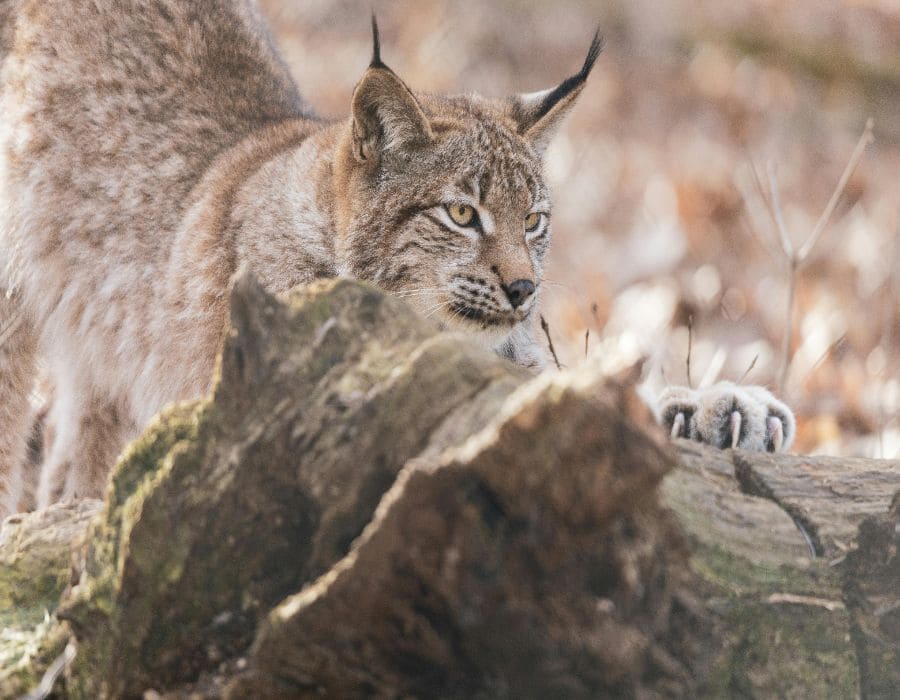
Bobcats are masters of laying low, but they’re actually the most widely distributed wild cat in North America. They thrive in forests, deserts, suburbs—and yes, sometimes just beyond your backyard fence.
They’ve got a built-in snowshoe system
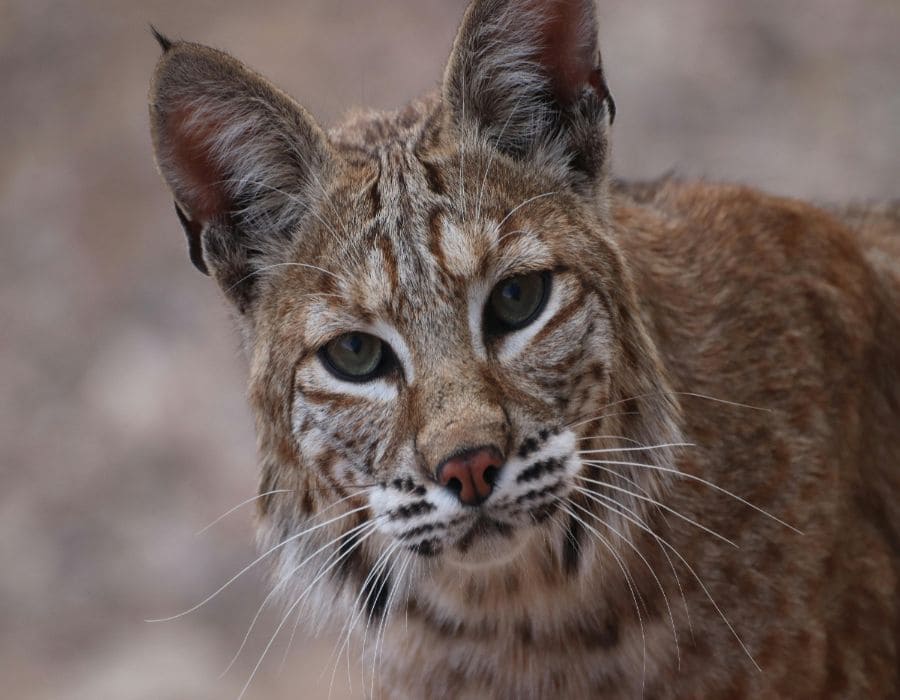
Thanks to their big, fluffy paws, bobcats glide across snow like it’s no big deal. Their toes spread out to distribute weight, giving them excellent winter stealth—something your dog clearly hasn’t mastered.
They’re solo survivalists
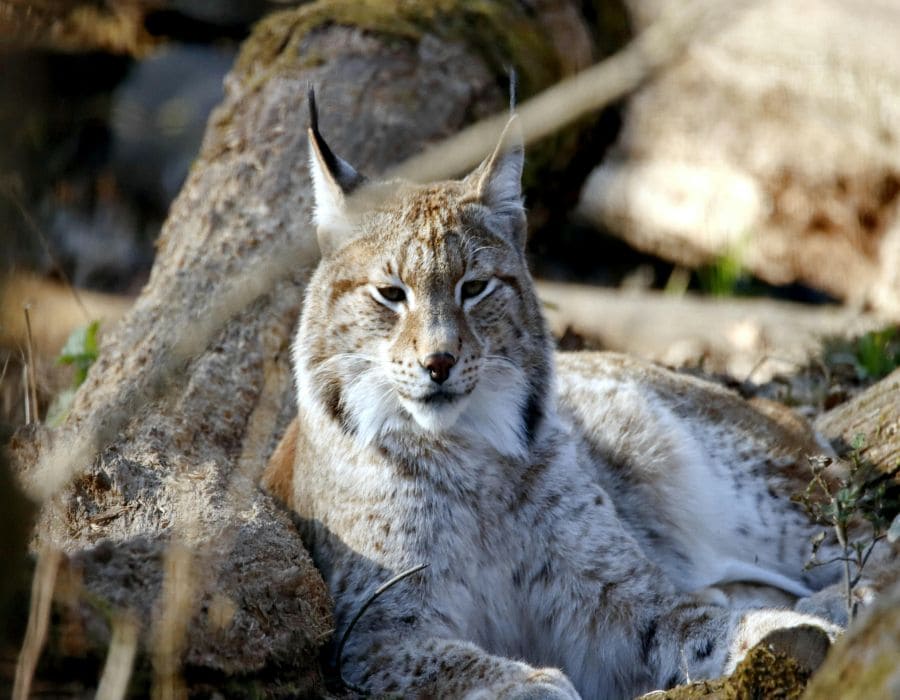
Bobcats are fiercely independent. They live, hunt, and sleep alone unless it’s mating season or a mom is raising kits. So no, you’re not likely to stumble upon a bobcat dinner party in the woods.
They’re surprisingly small
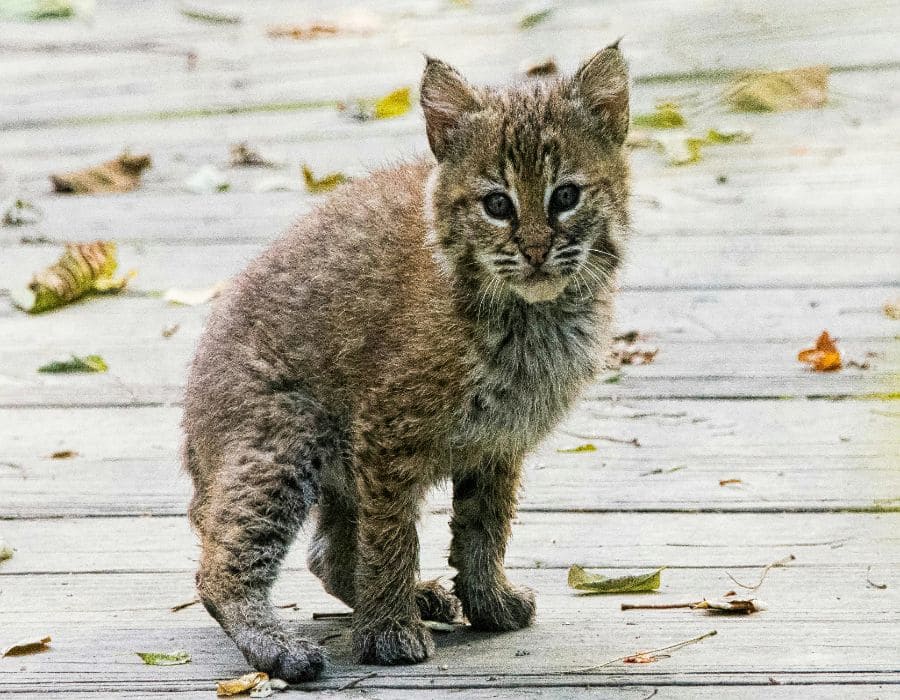
Despite the “wild cat” title, bobcats aren’t lions-in-training. Most weigh between 15–30 pounds and stand about twice the size of a house cat. Basically, they’re the compact SUVs of the feline world.
They don’t always roar—they scream
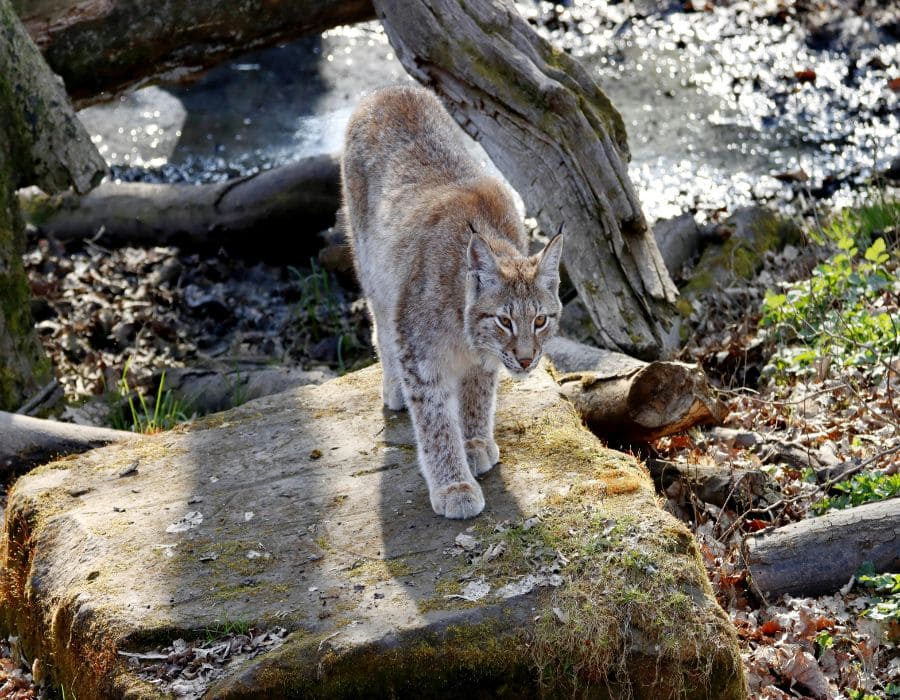
Bobcats don’t roar like lions, but they make some wild sounds. Their yowls, hisses, and downright haunting screams during mating season have startled many campers (and possibly summoned a ghost or two).
They are top-notch climbers
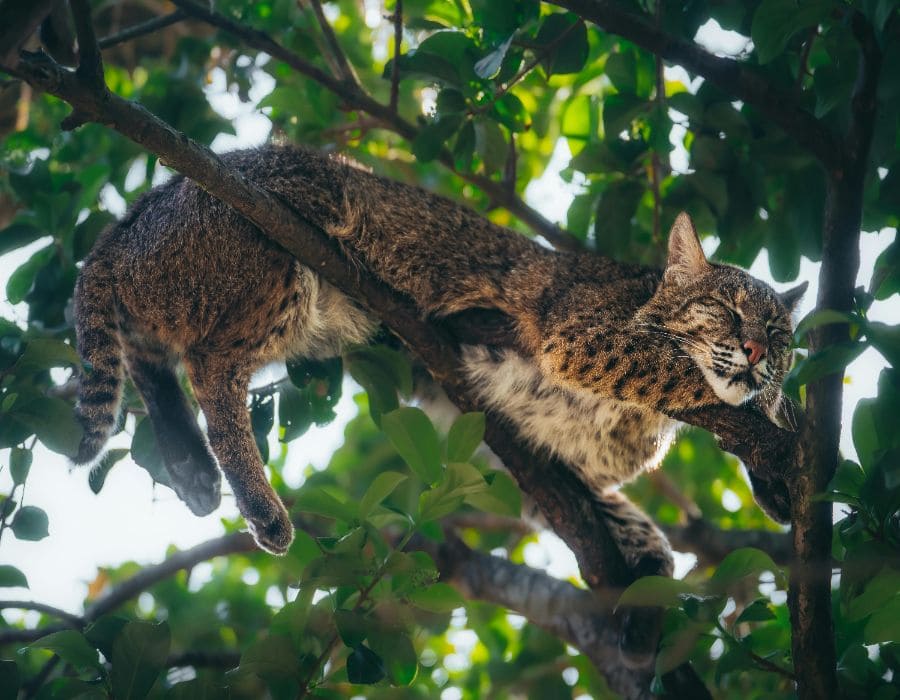
Need to escape a predator or pounce from above? Bobcats can scale trees like feline ninjas. They’ll even perch on low branches to nap or keep an eye on their prey below.
They’re crepuscular creatures
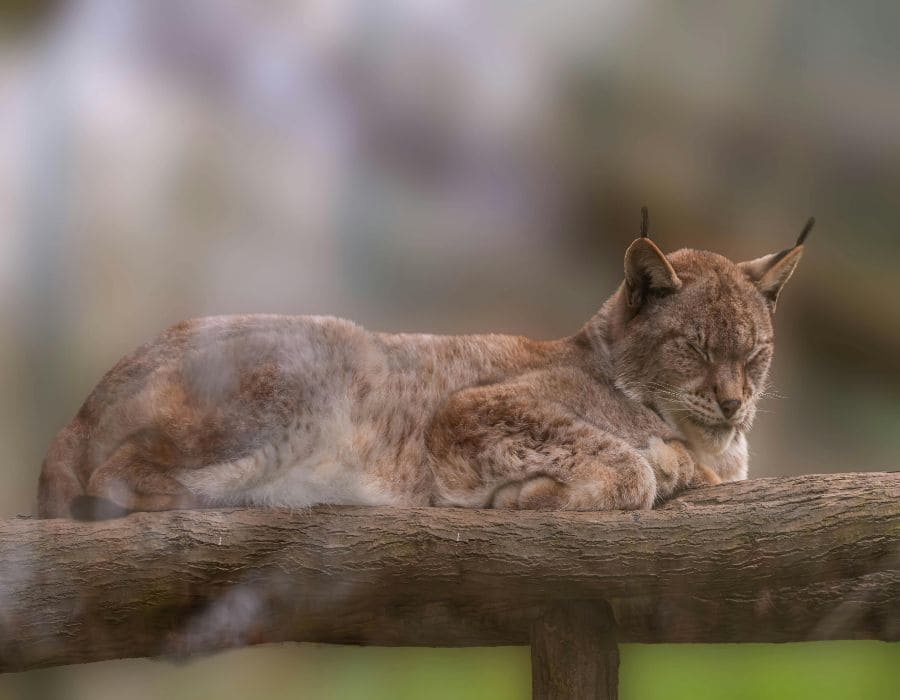
If you’re hoping to spot one, try dawn or dusk. Bobcats are crepuscular—most active during twilight hours. It’s their sweet spot for hunting while staying out of the midday spotlight.
They have signature bob-tails
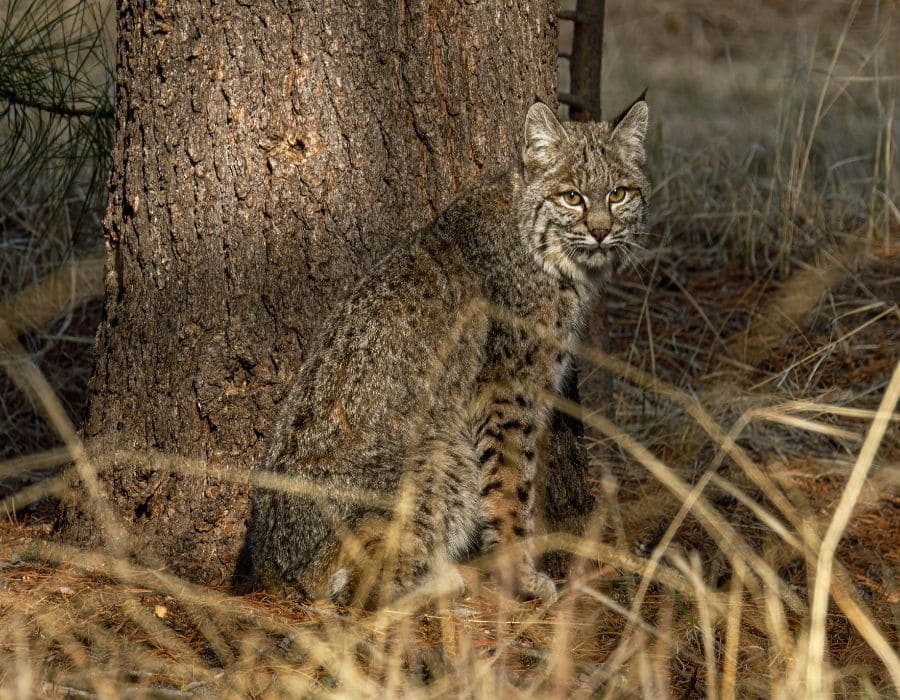
Their name isn’t just cute branding. Bobcats sport short, stubby tails with black tips, which help with balance and signaling. It’s like nature’s way of giving them a perky punctuation mark.
They mark territory like pros
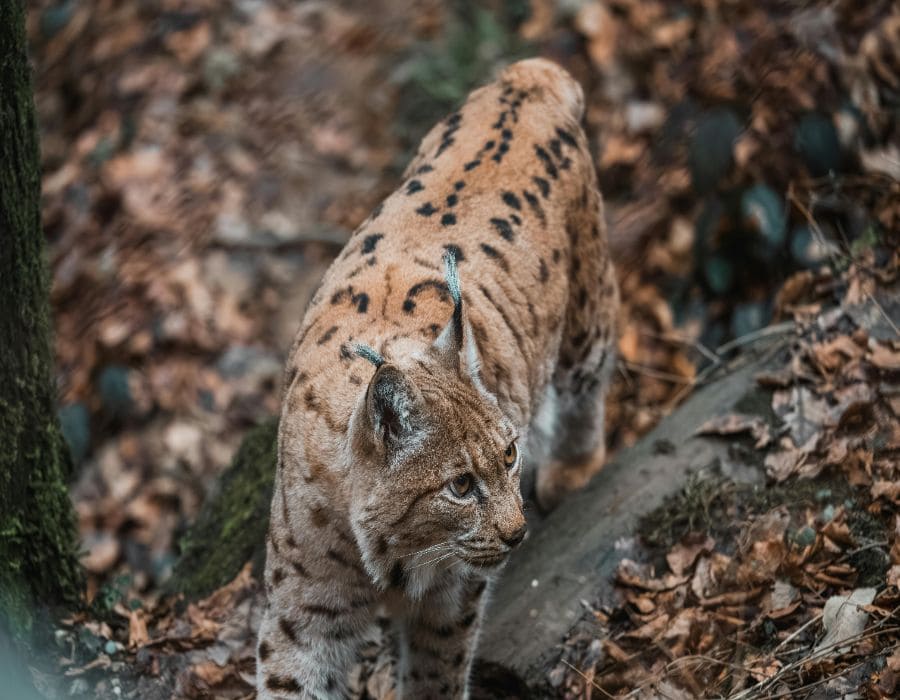
With scent glands on their feet and faces, bobcats leave messages wherever they roam. Scratches on trees and “scent posts” are basically their version of sending strongly worded emails to intruders.
They can take down bigger prey

While rabbits are their go-to meal, bobcats can hunt deer—especially fawns or weakened adults. With stealth, strength, and well-timed pounces, they’re more capable hunters than most people realize.
They’re not fans of deep snow
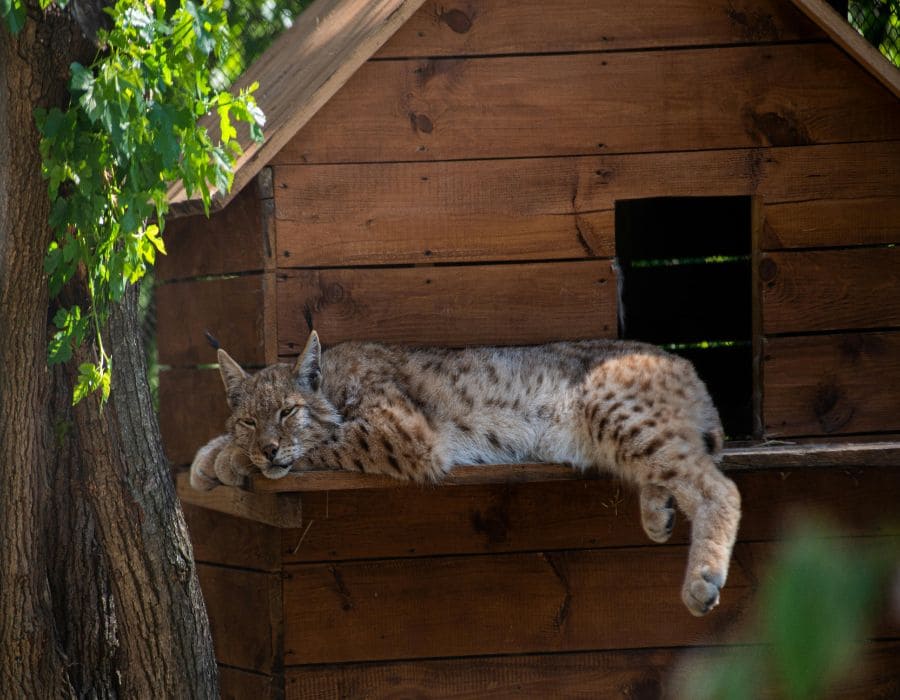
While they handle snow well, bobcats prefer areas where it’s not too deep. That’s one reason they’re less common in the heart of northern mountain ranges—sinking isn’t exactly a power move.
Their spots are unique
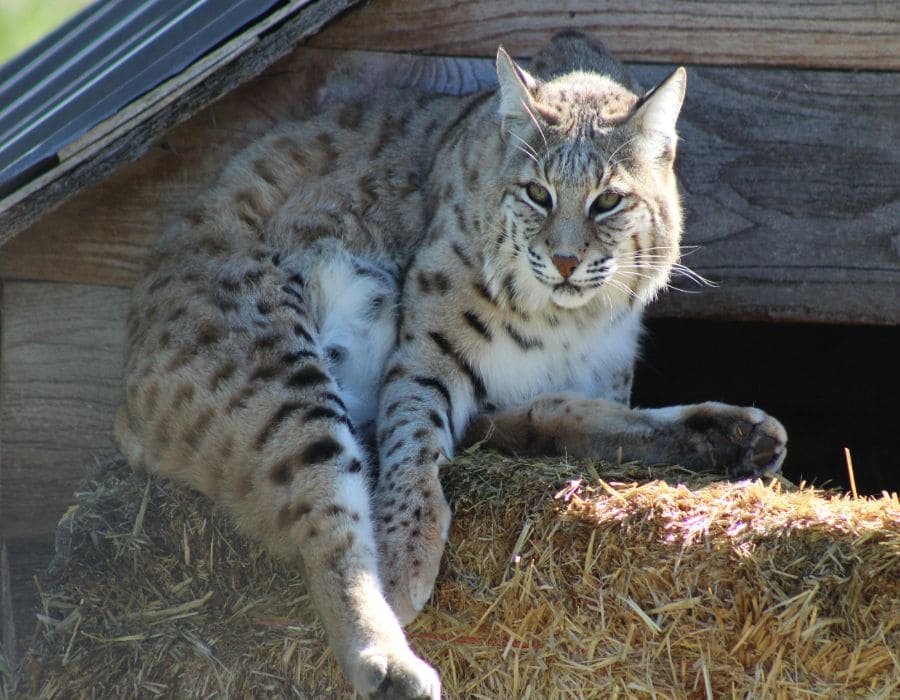
No two bobcats have the same spot pattern. Like fingerprints, their coat markings are one-of-a-kind—making them a dream for wildlife photographers and a challenge for hide-and-seek opponents.
They’re thriving despite urban sprawl
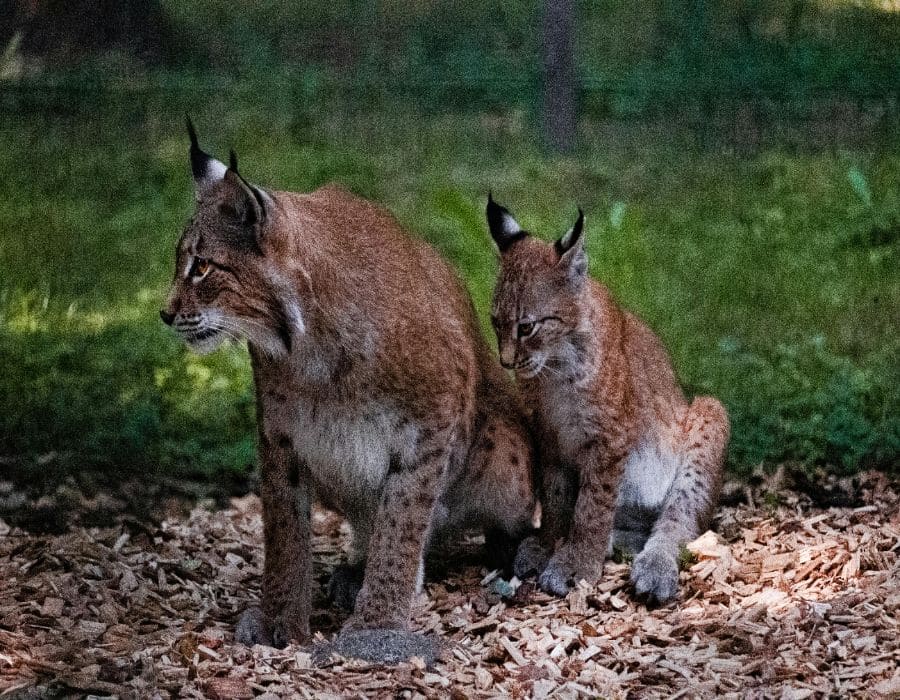
Unlike many wild species, bobcats have adapted well to human encroachment. They’ve learned to navigate highways, neighborhoods, and even golf courses—silently judging us from the hedges all along.
Bobcats: wild, wise, and wonderfully weird
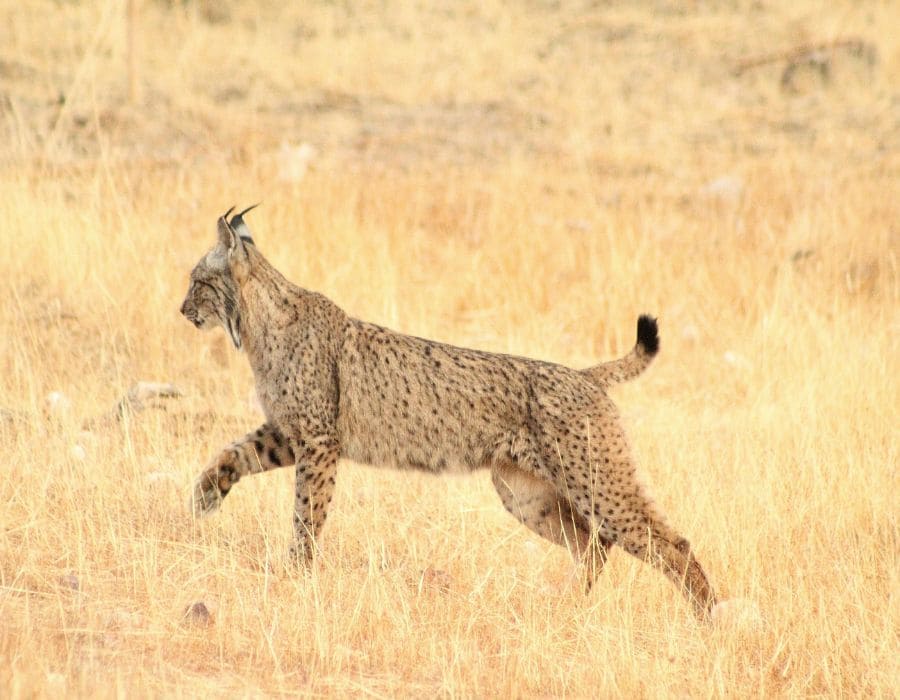
Bobcats are the mysterious middle child of North America’s wildlife family—quietly brilliant, misunderstood, and tougher than they look. The more we learn about them, the more reasons we have to respect their stealthy swagger.




